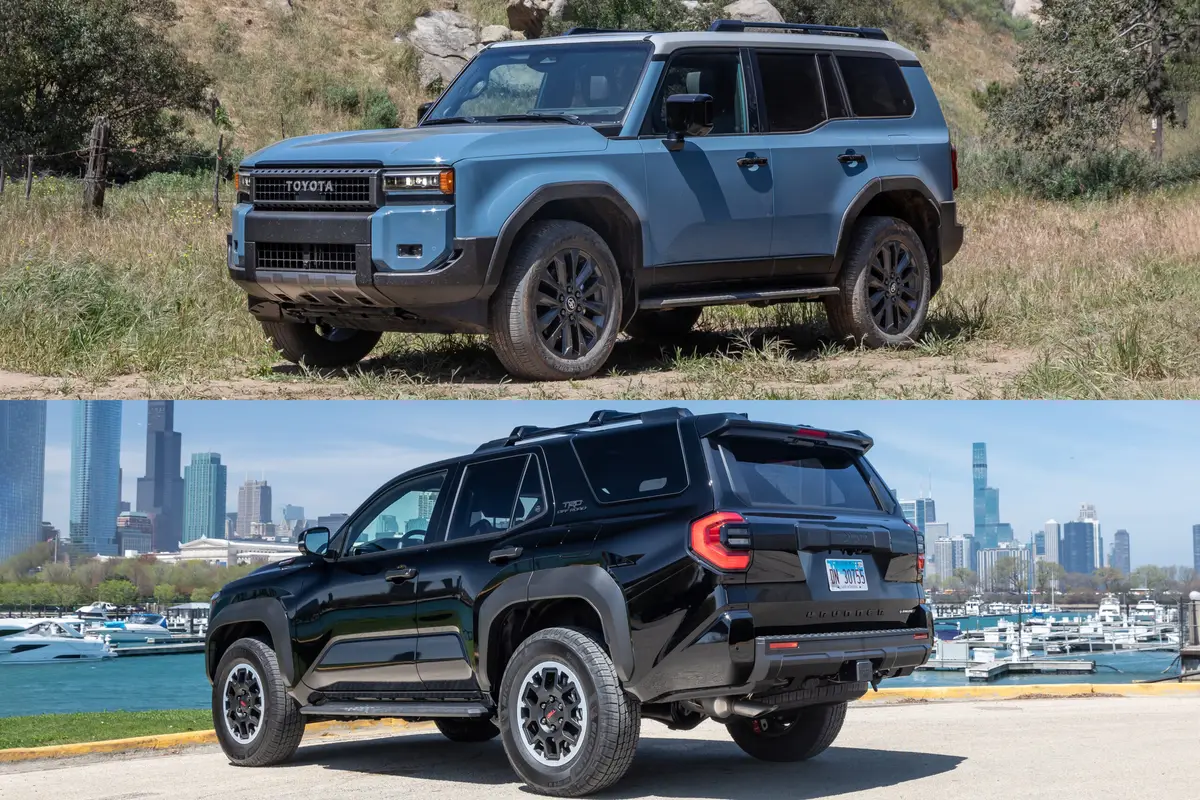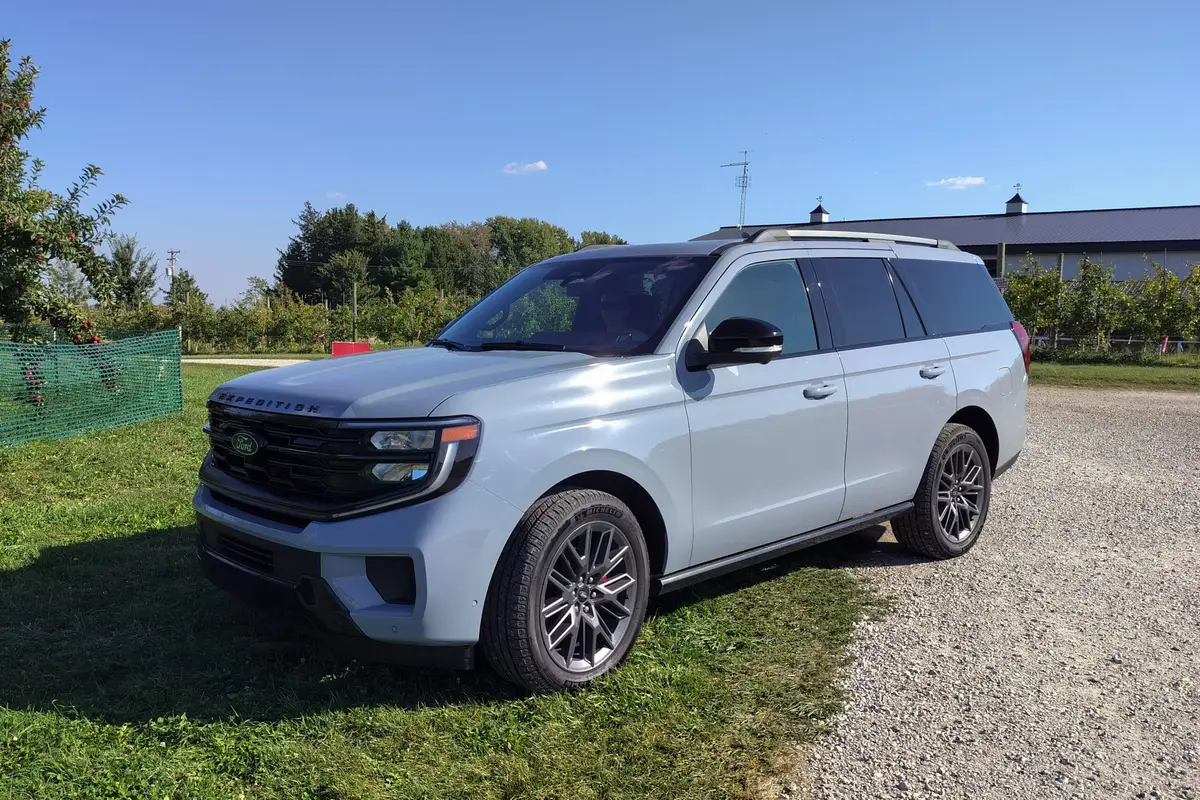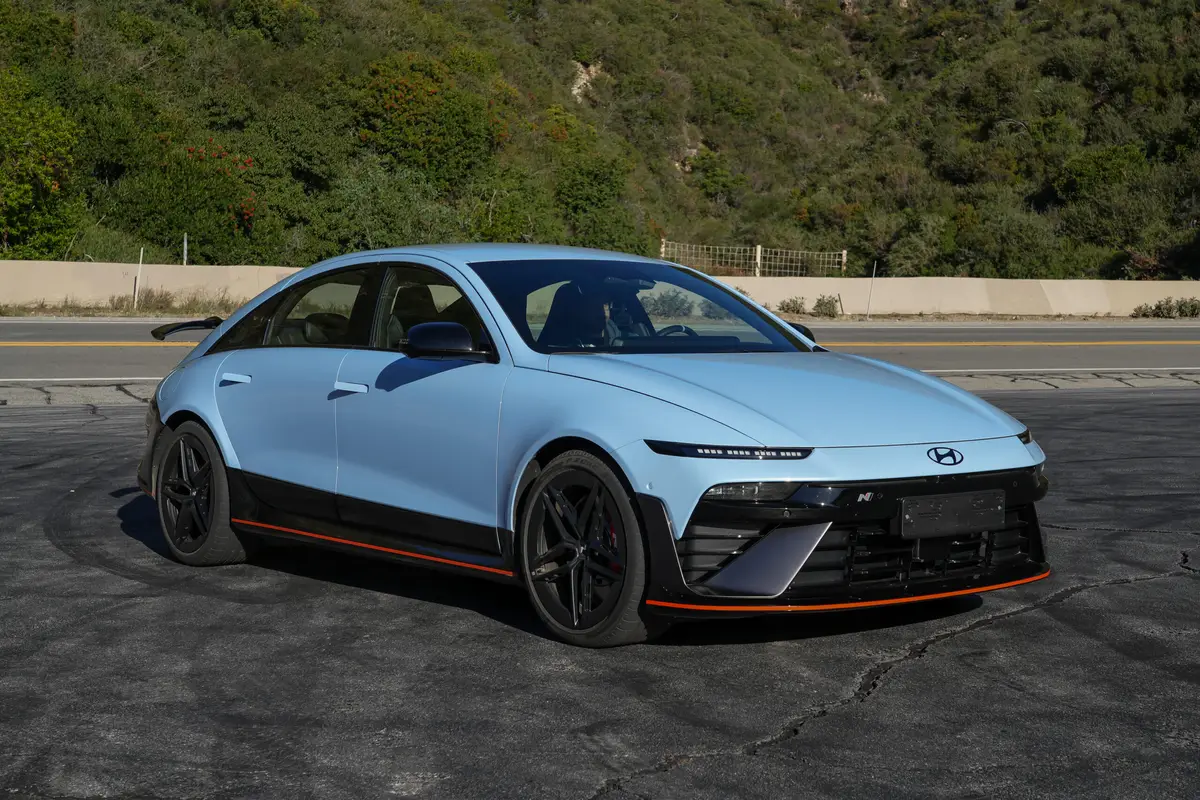The Inside Story of Ford's Baja 1000 EcoBoost Race Trucks
Words and Photos by Matt Kartozian for PickupTrucks.com
Years of work developing the first twin-turbo direct-injection six-cylinder gas engine for a light-duty pickup truck paid off for Ford over the weekend. The company’s F-150 EcoBoost race truck in Mexico in 38 hours, 20 minutes, running on an engine that’s seen the equivalent of a decade of hard work.
This year’s 1,061-mile Baja 1000 was a point-to-point race that started in Ensenada, Mexico, about an hour south of San Diego, and finished in La Paz, a mere 100 miles north of the resort town of Cabo San Lucas near the tip of the Baja Peninsula. Imagine racing from Los Angeles to Portland, Ore., off-road, non-stop over a route filled with rock climbs, silt beds, fan-laid booby traps and many other terrain features just waiting to destroy your vehicle. That’s a pretty good idea of the Baja 1000.
The race was the culmination of Ford’s marketing efforts to convince skeptical truck buyers that a six-cylinder engine can do the job of an eight with the same reliability and durability.
The engine that powered Ford's Eco Boost racer was pulled off the assembly line months ago for a torture test that began with the engine racking up 150,000 miles on a dyno in Dearborn, Mich. Then it was put into a truck and used as a line skidder at a Northwestern logging company, dragging logs around the job site. From there it went to Homestead racetrack in Florida to tow an 11,000-pound trailer with two racecars around the track for 24 hours. Finally, the engine was put into Mike McCarthy's F-150 race truck to tackle Baja.
Randy Merritt and the Mongo Racing team raced a second F-150 with another EcoBoost V-6.
SCORE International, which normally doesn’t allow turbo gas engines, gave the two an exception allowed them to race in their own class of Stock Engine Truck Class, but the pair would mix it up with their normal competition in Stock Full and Class 8 on the track.
SCORE CEO Sal Fish gave us his thoughts on the program before the race. "I'm really excited. It is going to bring a lot to the sport. We are opening the doors and taking a look at this to see what happens and then reevaluate them for 2011."
The two EcoBoost-powered teams faced problems and adversity throughout the race, but both got their trucks to the finish line. While planning for the race, the team predicted an average of 3 mpg, but as the race progressed, they found they were actually getting 8.5 mpg. That prompted the team to change pit and fuel strategy.
McCarthy ran clean all the way to Loreto at Race Mile 750, where his missed his fuel stop, and while it would not have been an issue, McCarthy got nervous and fueled the truck at a local Pemex gas station. The gas was dirty and clogged the fuel filter, forcing McCarthy’s team to stop and change it out and costing them time. Baja also took its toll on the tires, and the team had to change a few, which is normal during a long race like the 1000. Without any other problems, McCarthy finished the race in the dark of night in La Paz with a time of 38 hours, 29 minutes, 58 seconds, with an average speed of 27.57 mph.
McCarthy, who is a man of few words, said, "It was awesome. We had a good day."
Merritt and Tracy Rubio had a much longer day in their EcoBoost F-150 and watched the sun rise and set twice over the Pacific Ocean and the Sea of Cortez in a brand-new race truck with less than 50 test miles.
They started clean and passed all of the Stock Full trucks in the first three miles and passed seven other vehicles before Ojos Negros at Race Mile 40. The trouble started near San Felipe at Race Mile 180, where a hole in the back of the radiator took a few hours to repair. Things got worse when they broke a spindle near Bahia de Los Angeles at Race Mile 380. The spare parts were far away in a chase truck and by the time it was repaired, the team was down for five hours. Later in the race, the right front shock failed, and the only thing holding all the parts together was the spring on the coil over. They limped it with the bad shock over 300 miles, further slowing the duo.
In the closing hours of the race, they were caught in a booby trap built by local fans who dug a big hole and covered it with powder, Merritt said. The truck rolled on its side, damaging spindles, shocks and upper A-Arms. In the end, they crossed the finish line in La Paz but about 70 minutes past the 45-hour time limit required to be considered an official finisher.
Despite the problems, both drivers were big fans of the new EcoBoost V-6.
"The turbos were awesome," Rubio said at the finish. "We did not know what to expect, but it works surprisingly well. It’s a wide power band, so once you get there, you can be lugging it and get on the gas and with lots of power with less gear changing."
Merritt was equally pleased and plans to run the engine for the full Best in the Desert season in 2011.
"It was long. It was a real challenge," an exhausted Merritt said at the finish. "The truck is beat to hell — it’s in bad shape." Speaking of the EcoBoost V-6, he said, "It has way more power than the V-8. It’s much faster.”

Featured stories



